Media | Articles
5 tips for keeping your garage organized
Go into any of the top restoration or general maintenance shops around the world and you’ll find they have one thing in common: their space is tidy, organized, and ready for work. This is something every home DIY enthusiast should aspire to. Having a clean and organized workspace can make you more productive and safe. Who doesn’t want both of those things? Here are a few tips to get your garage in shape for work, but also to impress.
Get rid of the cardboard
It’s so easy to reuse the shipping materials in which all of the various parts and pieces for your project arrive in, but it’s a bad idea. First of all, these boxes rarely hold up to the continual forward march of time and also are beloved by rats and mice, who use them to create cozy nests. You don’t want rodents feeling any kind of welcome in a garage that houses your beloved vintage rides.
Additionally, cardboard boxes fall apart over time and don’t hold up to grease and grime. Get a box damp once and it will keep that moisture close to your treasured car parts. Plastic bins with lids keep leaking items contained, will not be eaten by rodents, and are easier to move, regardless of how long they have been on the shelf or floor.
Label and list
Is that bin on the top shelf contain the extra interior pieces for your long-term project or does it contain holiday decorations? Take an afternoon and open every bin—even better if you do this step while transferring everything from cardboard boxes to nice tubs—and place a label on the outside that tells you what’s inside. No cryptic language or symbols here; be plain and make your future self look at your present self in a positive light. Bonus points if you label all four sides of the box so no matter which side shows you’ll be able to see a label.
Labeling is obvious, so I will encourage you to one step further. I recently sat down and went through all my bins of Corvair spare parts and wrote a list of what is in each box, along with its condition. It has come in handy already, as a friend has reached out and asked, “Hey, do you have a _____?” My first thought is I bet I do, but I used to have to dig through the bins to find whatever part they were asking about before answering.
Marketplace
Buy and sell classics with confidence
Now I just consult my handy list. Should something be removed from a bin, I can remove it from the list. Parts are listed in as much detail as I can: what bits are missing, if it needs restoration, ready to bolt on, crusty but usable. We all have enough things to keep track of; your every growing parts stash inventory should not be one of them.
Set aside time to clean up
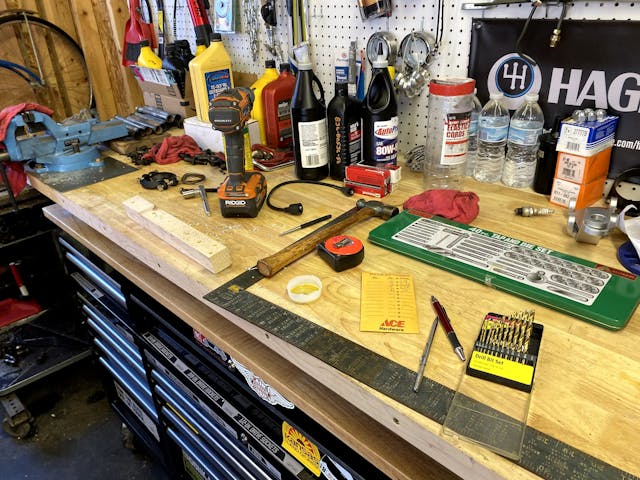
Despite doing a lot of work in my garage as part of my “day job,” my time out there is rarely scheduled. The only thing that’s laid out is I take one night a week to generally clean up and make the shop tidy and organized again. Tools that might have been pulled out for a quick project but didn’t make it back into their toolbox drawers get tucked in and the floor is swept, including the floor dry that was picking up the stain under one car. Spending a focused hour just keeping the shop in working order makes it a lot easier to go out and actually make progress when a hole in my schedule appears and I can get some work done.
Only handle things once
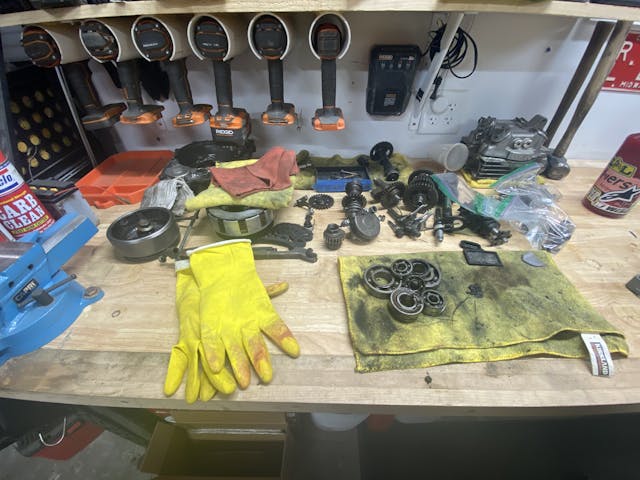
Being a person who has three projects in various states of completion occupying a two-car garage, saying that space is at a premium is an understatement. Even with that in mind, there is something very dangerous about shuffling parts from one temporarily stalled project to make room to work on a different project. I say this because there are always small parts to be lost or reference marks that disappear in that shuffle.
If you are tearing a project down, be smart and treat it as if it will be apart for months rather than the weekend or week you expect. This way your workbench will not be covered in engine bits and bobs when that initial task hits a snag or something more pressing pops up and you need that space. Make a bin for the pieces and tuck them somewhere safe. The only drawback to this tip is your project can very rapidly become “out of sight, out of mind,” and suddenly your disassembled thing has been apart for five years. You’re on your own there, but at least all the parts are in one place and not lost to the corners of the garage.
Go vertical
Regardless of how much floor space you have, it’s never enough. Prioritize the bins you have labeled and cataloged and stack them on shelves. Put the things you will need more in an easy spot and tuck the long-term storage up high or down low. I suggest setting up the shelves so your plastic bins just fit between the varying layers to ensure that one heavy bin is never accidentally placed on another more delicate bin. No one likes crushed parts.
Taking the time to organize and clean isn’t fun, but if you suffer through it, the rest of your time working will be more productive and safe. Have a tip you think belongs on this list? Leave it in the Hagerty Community below.

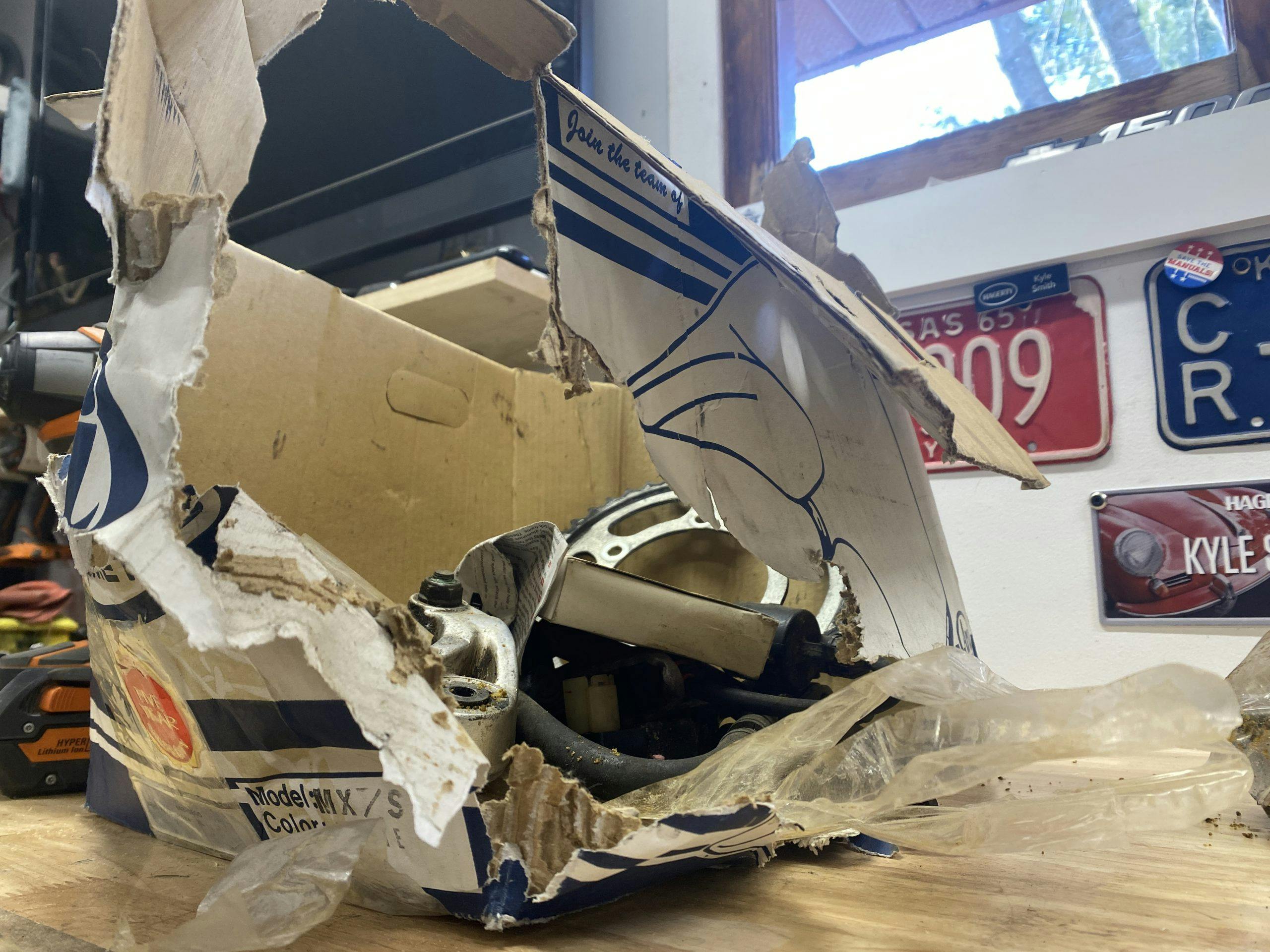
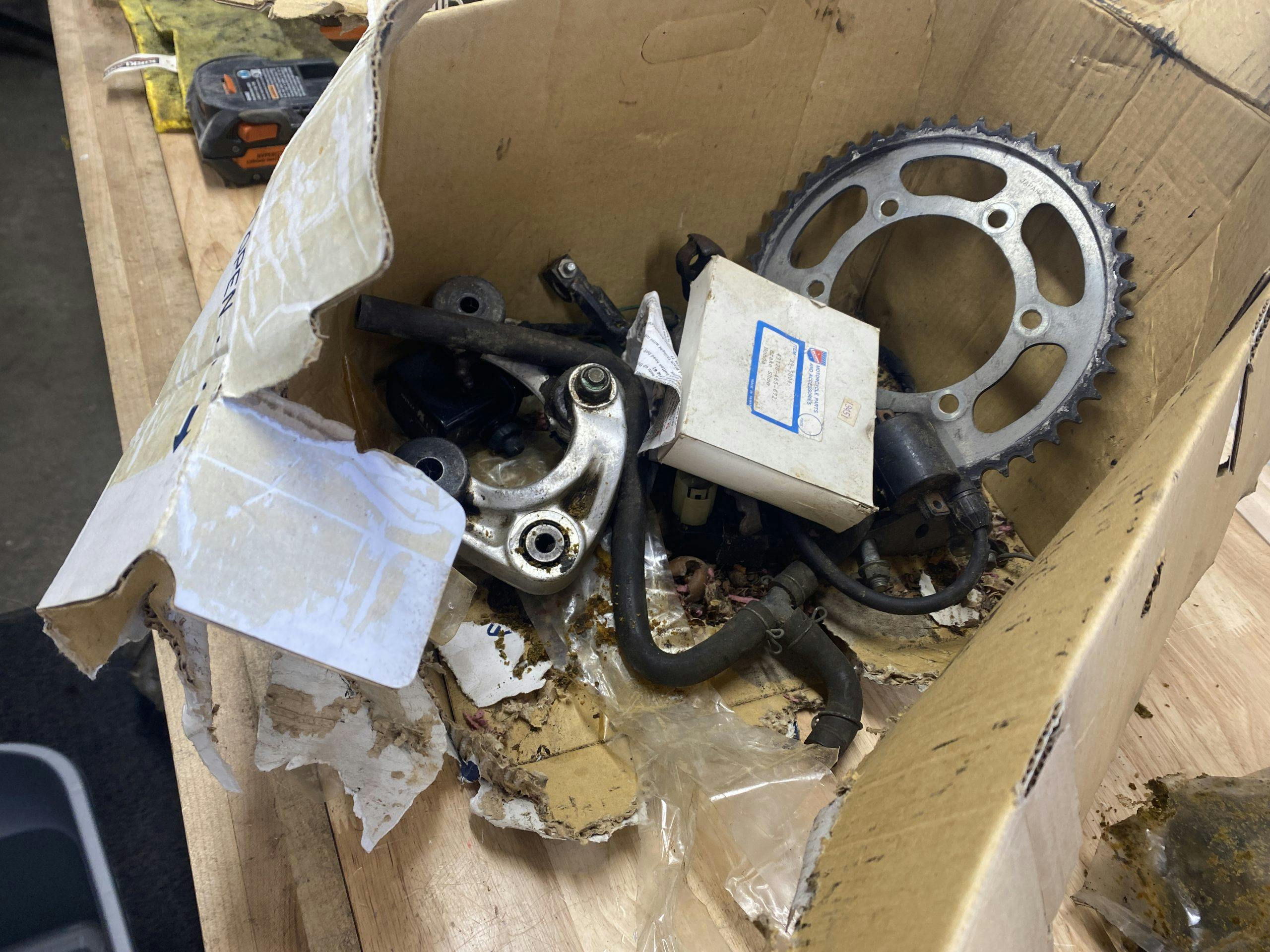
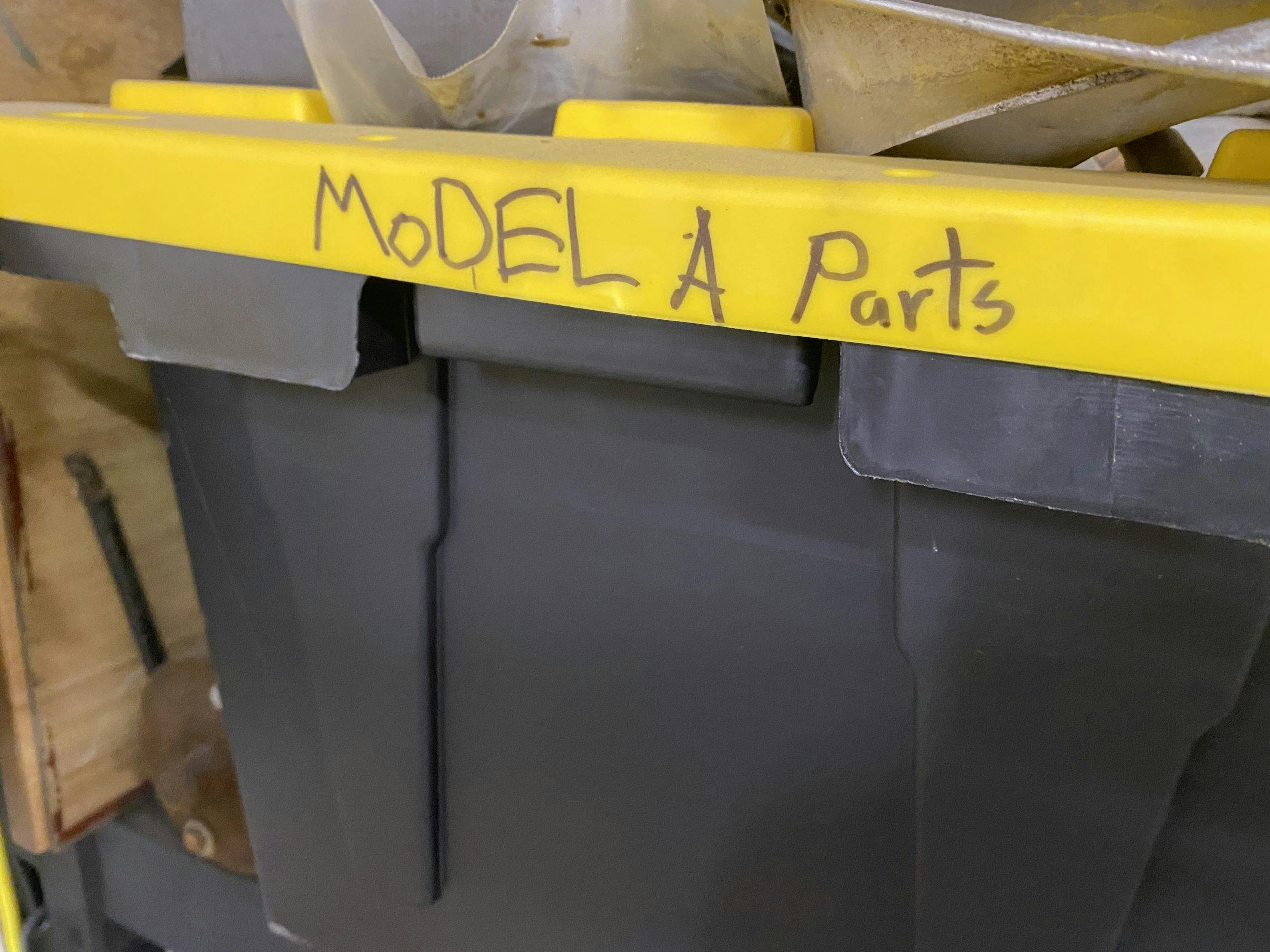
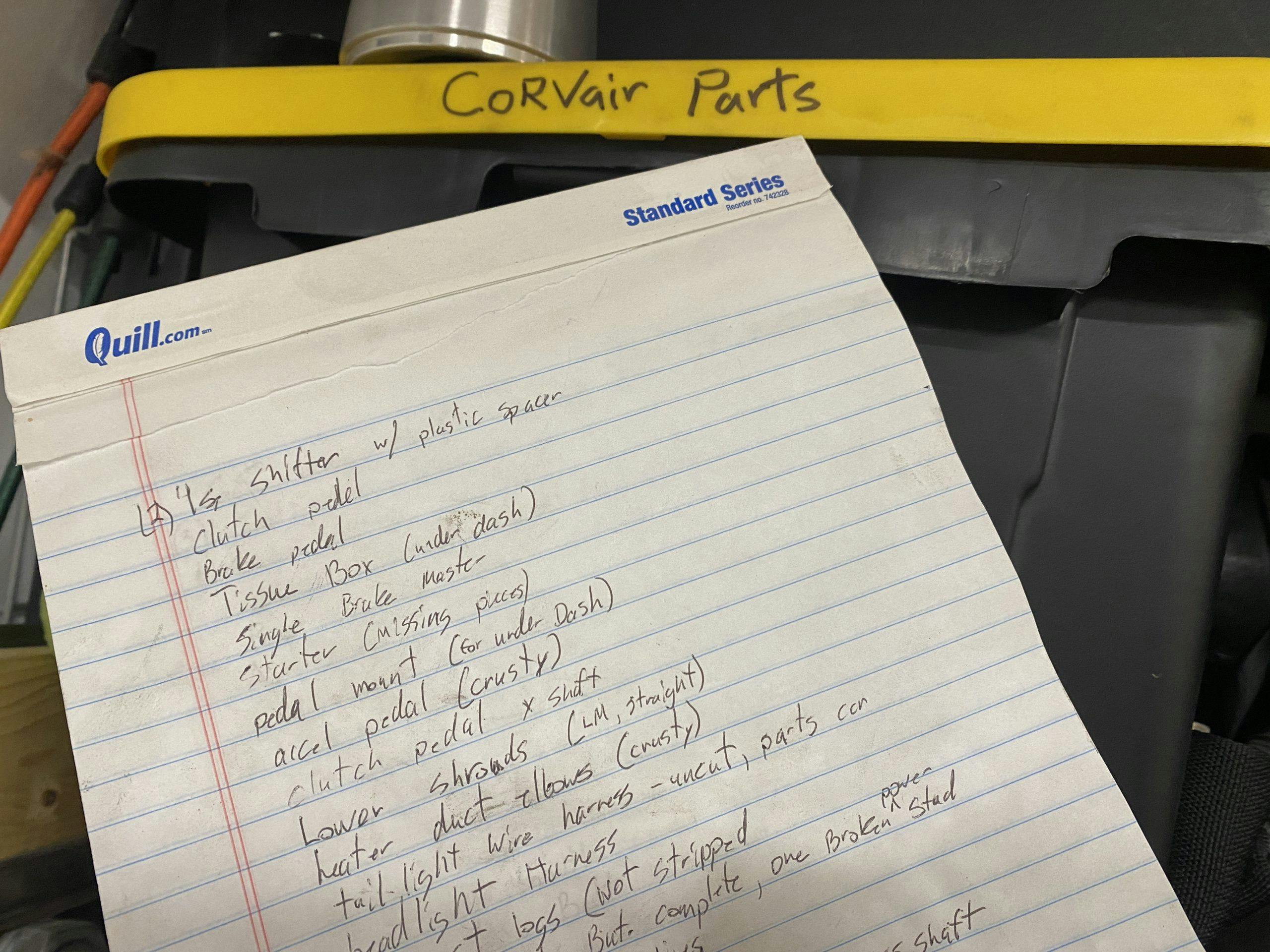

















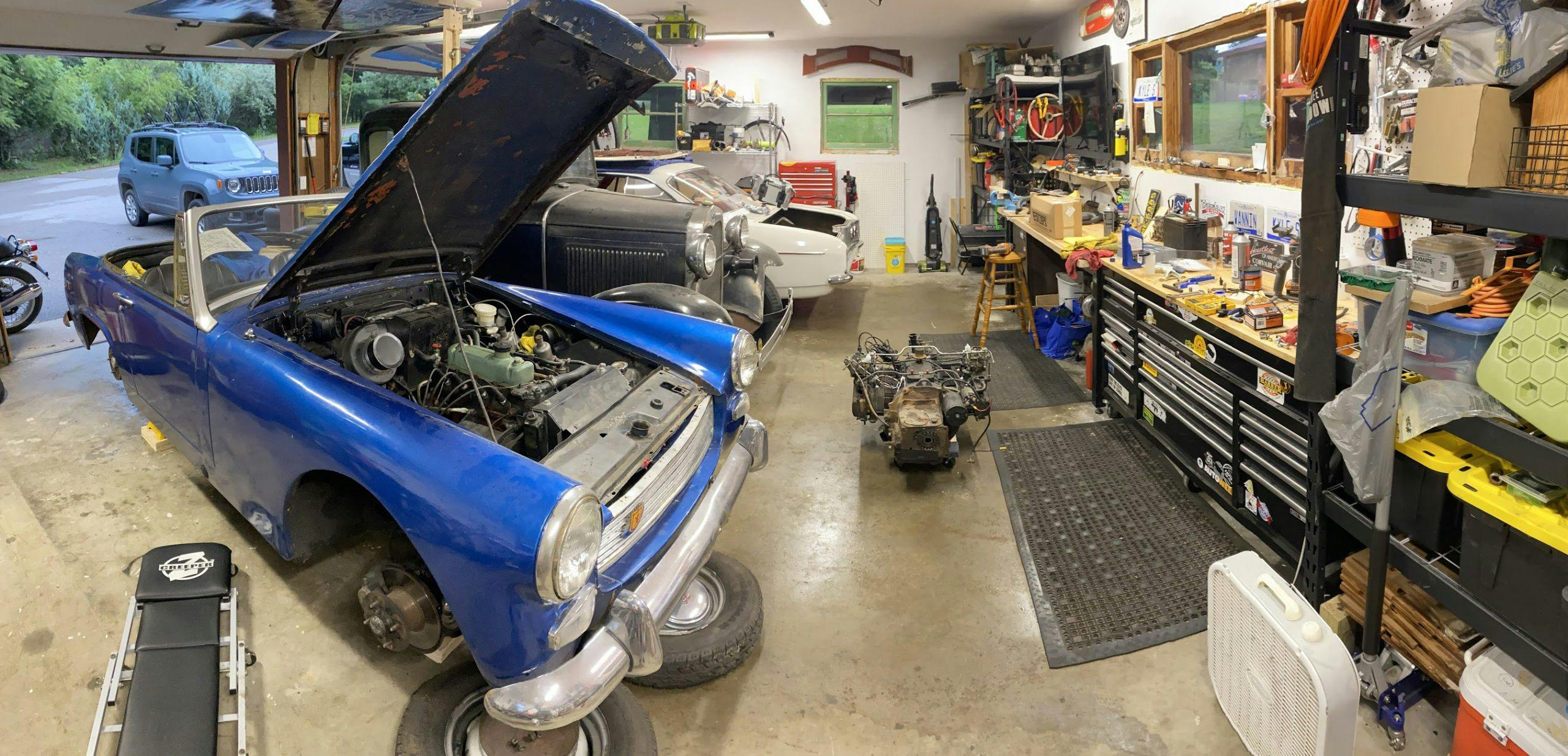
When I have more than one of the same part, I try to identify the best one as “first run” so it gets installed first and saves time from having to do this twice after you find the better one!